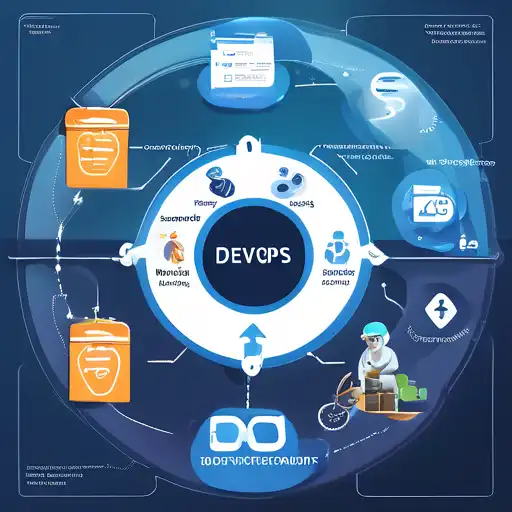Introduction to DevOps in Software Development
DevOps has revolutionized the way software is developed, deployed, and maintained. By bridging the gap between development and operations teams, DevOps practices ensure a smoother, faster, and more efficient software development lifecycle (SDLC). This article explores the pivotal role of DevOps in enhancing the SDLC, from planning to deployment and beyond.
The Core Benefits of DevOps
DevOps brings numerous benefits to the software development process, including improved collaboration, faster deployment times, and higher quality products. Below are some of the key advantages:
- Improved Collaboration: DevOps fosters a culture of collaboration between developers and operations teams, breaking down silos and improving communication.
- Continuous Integration and Continuous Deployment (CI/CD): Automating the integration and deployment processes reduces errors and speeds up the release cycle.
- Enhanced Efficiency: Automation tools and practices eliminate manual tasks, allowing teams to focus on innovation.
- Higher Quality Products: Continuous testing and monitoring ensure that issues are identified and resolved early in the development process.
DevOps Practices That Transform the SDLC
Implementing DevOps practices can significantly improve the efficiency and effectiveness of the SDLC. Here are some transformative practices:
Infrastructure as Code (IaC)
IaC allows teams to manage and provision infrastructure through code, making it easier to replicate environments and reduce manual errors.
Continuous Monitoring
Continuous monitoring of applications and infrastructure helps in identifying and addressing issues in real-time, ensuring optimal performance.
Microservices Architecture
Adopting a microservices architecture enables teams to develop, deploy, and scale parts of the application independently, improving agility and reducing downtime.
Challenges and Solutions in Adopting DevOps
While DevOps offers numerous benefits, organizations may face challenges in its adoption. Common challenges include cultural resistance, lack of expertise, and toolchain complexity. Overcoming these challenges requires a strategic approach, including training, gradual implementation, and choosing the right tools.
Conclusion
DevOps is not just a set of practices but a culture that promotes collaboration, efficiency, and continuous improvement in the software development lifecycle. By adopting DevOps, organizations can achieve faster time-to-market, higher quality products, and improved customer satisfaction. For more insights into optimizing your development processes, explore our technology section.
